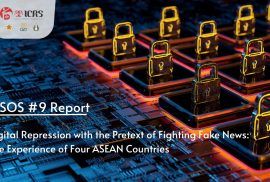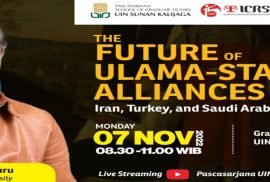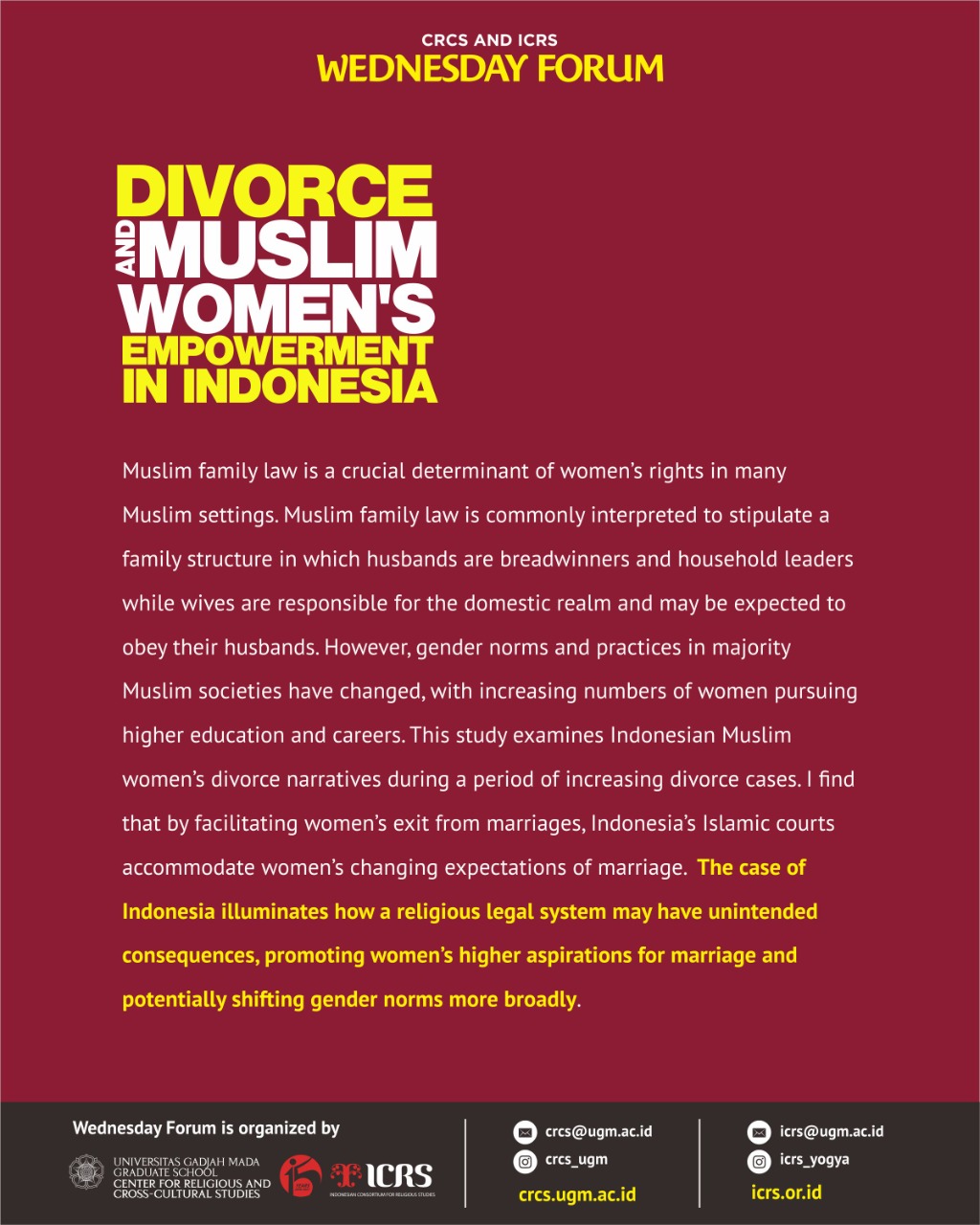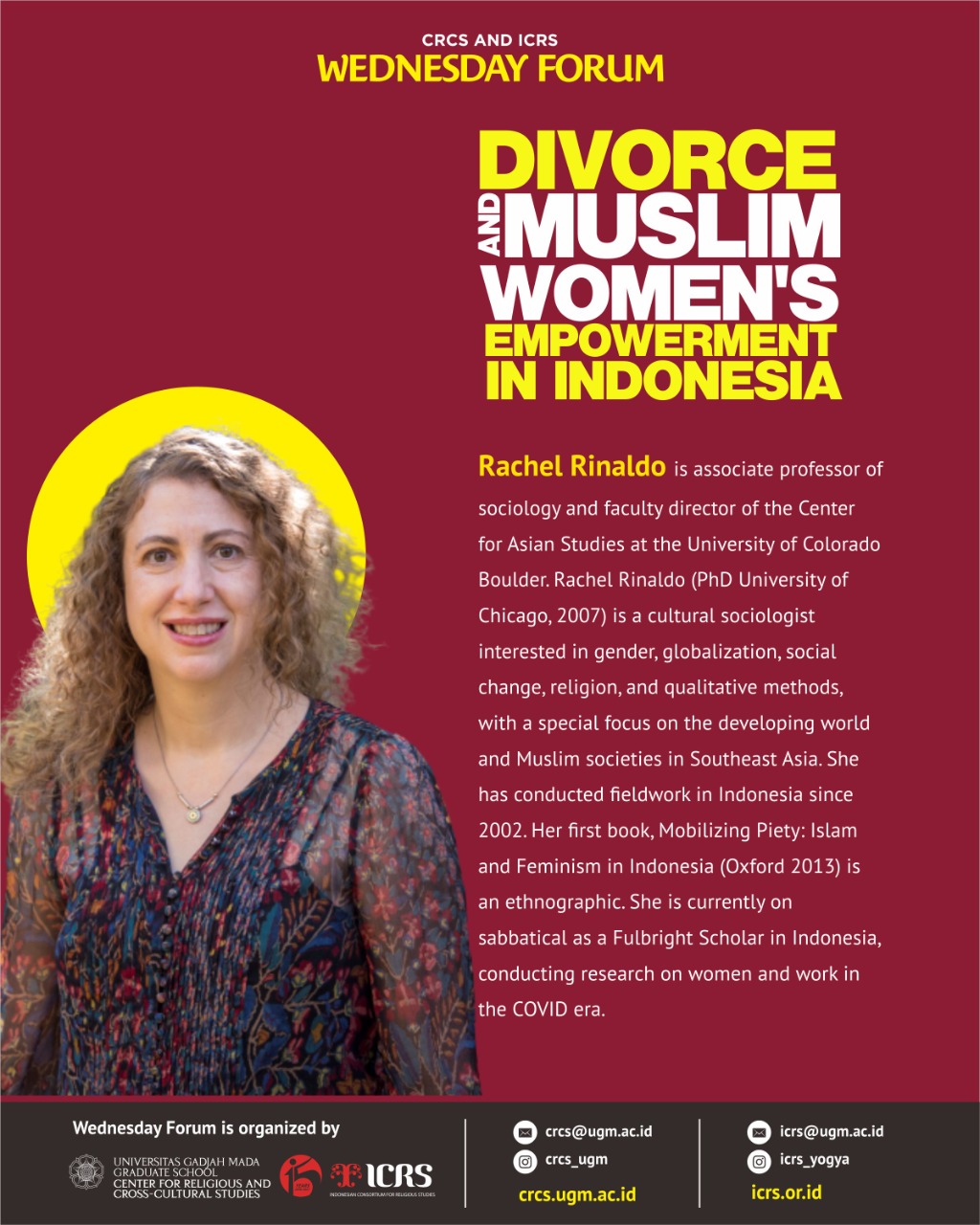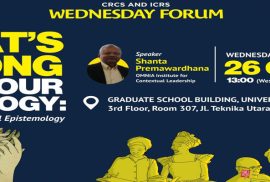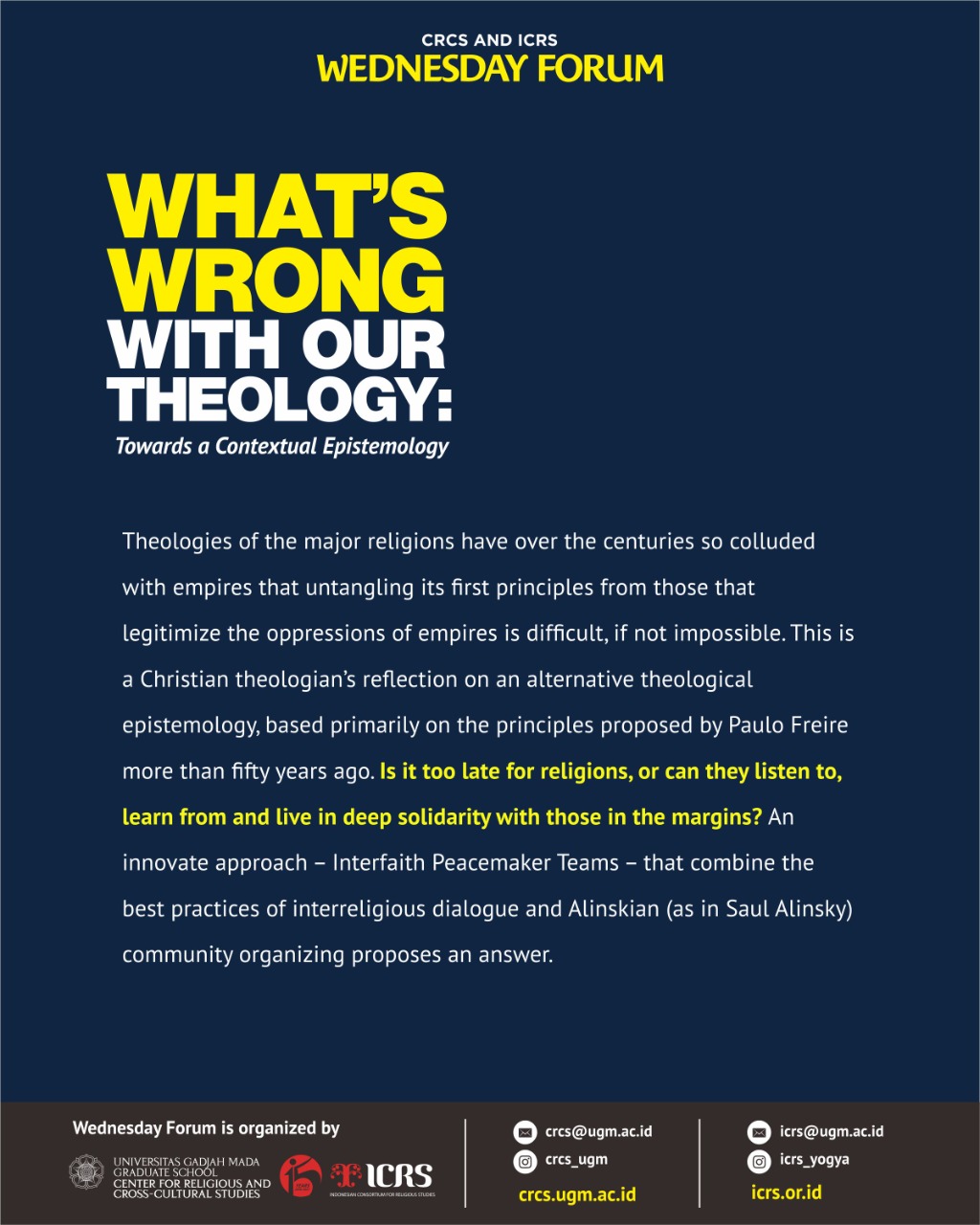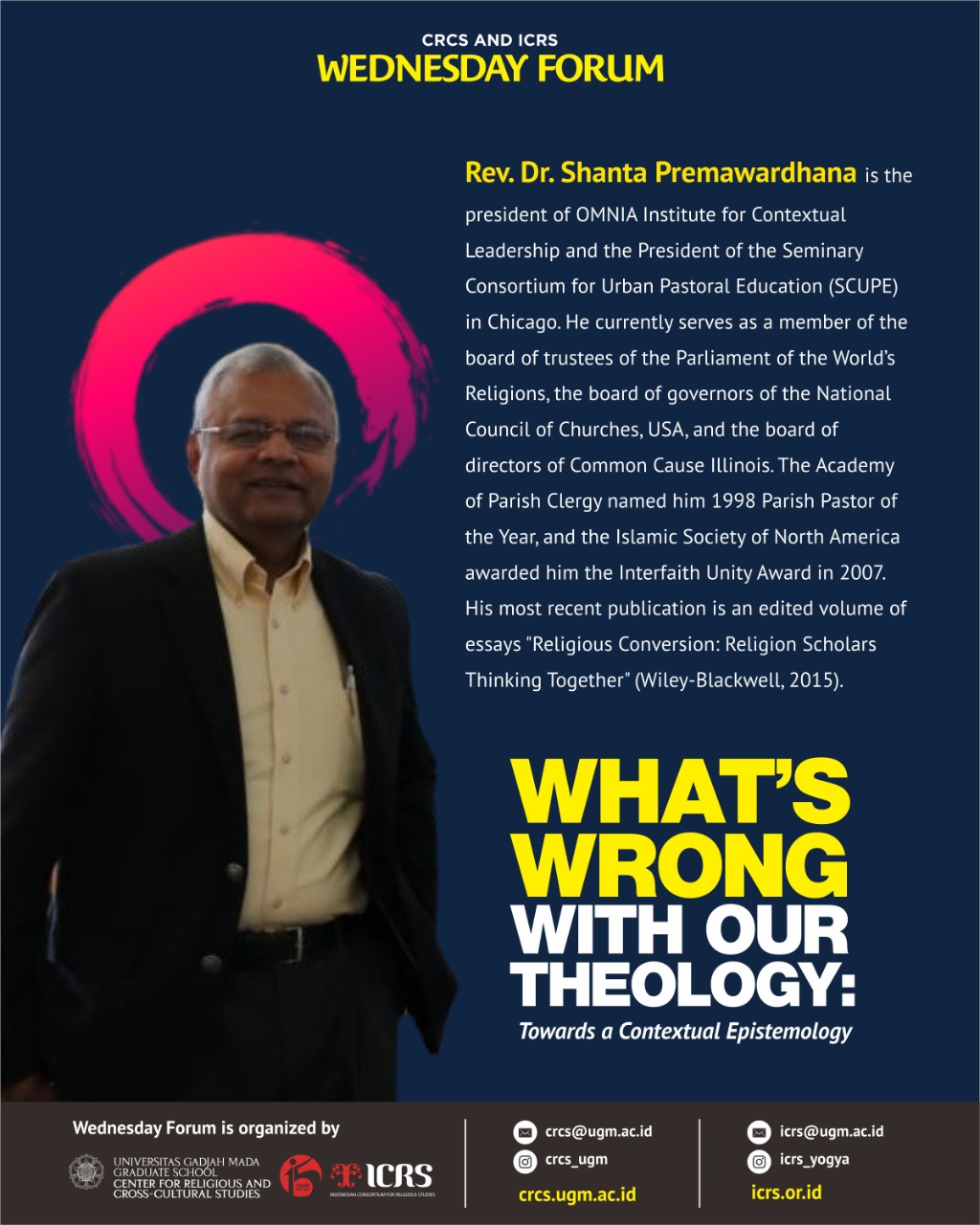Written by Jekonia Tarigan
In the ancient Bugis creation myth, the creator is an androgynous god who gives birth to a male sun and a female moon. Quarrels occur between the two, and they will not live together. Meanwhile, both were capable of self-fertilization, the sun was unable to reproduce, and it was the moon that gave birth to the stars, certain metals (gold, iron), and the first generations of plants, animals and other ‘terrible’ creatures. A reconciliation between the sun and the moon took place shortly after the last of the various creations appeared. This led to the division of power and the union of the two, from which came the gods celebrated at I La Galigo. The Bugis cosmogonic myth counts the web among ‘terrible’ creations, all of which are full of divine powers.[i] However, the prolificacy of conservative Islam has affected non-normative gender and sexuality groups’ experience and construction of identity, as it has impacted the Bissu community in South Sulawesi. The Bissu can be categorized as pan-indigenous, including gender, sexual, and/or spiritual identity. Within indigenous communities with androgynous concepts in their cosmology, the Bissu have culturally specific ceremonial and social roles in the Bugis culture. The question then is, how the Bissu have encountered confrontation and acceptance within their queer indigenous body and spiritual space and how it has impacted their ability to partake and learn their religion and culture? This question became the main issue of the presentation and discussion of the Wednesday Forum on October 12, 2022, a forum organized by the Indonesian Consortium for Religious Studies (ICRS) and the Center for Religious and Cross-Cultural Studies (CRCS). The presentation was delivered by Petsy Jessy Ismoyo, a PhD Candidate at ICRS. She is also a lecturer at the International Relations Study Program, Universitas Kristen Satya Wacana. Currently, she joined Secularity, Islam, and Democracy in Indonesia and Turkey (SIDIT), Humboldt University of Berlin, as part of a fellowship with the Institut für Auslandsbeziehungen (IFA).
In her presentation, Ismoyo explained that the myth of the androgynous ancestor exists because of the closeness to the universal religious system of the Austronesian people Three worlds – are also present in Attoriolong: the Upper World (Botting Langi‘), the Middle World (Lino or Ale Kawa), and the Underworld (Peretiwi). Union Sun and Moon came with three sets of twins: iron twins, silver twins, golden twins (Earth, Moon, and Sun), and a boneless only child who was a silver and gold twin. This only child grew the first rice. This single ancestor is called androgynous because it has no twin and represents silver (the Moon) and gold (the Sun) – because of that difference, androgynous ancestors became sacred. Furthermore, culturally, Bissu have specific ceremonial roles. The Bissu speak Basa To Ri Langi, this language only comes to people who are possessed by spirits; it comes by night and cannot be received by oroané or makkunrai, only by ‘the in-between.’
To guard Arajang (Pusaka)/regalia guardians, shamans and healers, others specialize in the meticulous preparation of offering, while others simply are attached to a palace. They must carry out sacred ceremonies in the kingdom Mappalili in Pangkep Regency (a ceremony to ask for permission from Sangiang Serri’ to start planting rice), Massapo Wanua in Soppeng Regency (Ritual ‘memagari kampung’ to prevent evil things from occurring in the village), Maccera’ Tappareng in Wajo Regency (offering ceremony to Puna Wae/Penguasa Danau Tempe), Mattompang Arajang in Bone Regency (a ritual to cleanse heirlooms). To balance the knowledge that chaos preceded creation (cosmos), the ritual requires the encounters of the two sexes to come together to comprehend the balance of the cosmos. The Bissu had to accommodate two elements of the sexes, male and female characteristics, as their way to experience the two realms: the realms of beings and the realms of the spirit. In order to achieve that, the Bissu had to disguise themselves with female attributes. In rituals, the Bissu Bone wear Baju Bodo or Baju Garusu (adat clothes worn by Bugis women), Tappi Olareng (Keris or a dagger), Tali Bannang (long belt), as well as feminine items: Osso-osso (long shirt), Silora (trousers), Passengke’ Simpuru (headband), along with Maddampella (artificial flowers), Geno Mabule Tellu (three-tier necklace) and Passapu Tappi (a shawl decorated with Unrai Macalla or a series of beads). The cross-dressing practice does not mean that the performer wants to change sex but emphasizes that the fluid androgynous nature is a primordial totality in which all forms merge into one, with respect for the common opposite.
Unfortunately, according to Ismoyo, the emergence of Islamic conservatism has brought into question the position of the Bissu in Bugis society because their gender identity violates religion. Whereas gender at one point was not a problem, it is now at the center of the debate within religious narratives. The most crucial thing is an attempt to eliminate the role of the Bissu in rituals, as happened in the sacred ritual Mattompang Arajang in Hari Jadi Bone ke-692. Supposedly, the role of the Bissu should not be eliminated, yet the ritual still took place without their presence. On this basis, the role of the sacred position of the Bissu is defined by its gender identity from a religious perspective. The emergence of Islamic conservatism has brought into question the position of the Bissu in Bugis society because their gender identity violates religion. Therefore, it is necessary to reunderstand queer spiritual space to untangle how the intertwining of religion and culture moves in ‘the ruling knowledge’ to see and place the Bissu in their everyday lives.
In understanding queer spiritual space, Ismoyo argues that it must begin with an attempt to define it and see where Bissu stand in the effort to apprehend queer spirituality and its spiritual space. Religious communities have usually been malicious and contradictory towards queer people. The integration of religion, spirituality, and sexuality is believed to be incongruent from a conservative point of view. Spirituality implies prescribed moral conduct and the practice of being that cannot be violated. These arguments have been used to justify why being queer is immoral. However, according to Ismoyo, queers have an agency of their own, a reproductivity to be engaged and to perform their identity through it. Queer spiritual spaces are transitory, liminal, provisional, fragile, strategic mutable, contested, negotiable, and multifarious. Therefore, spiritual space is not only a matter of ‘space’, because the sacred place is everywhere, from buildings, mountains, trees, stones, woods, cemetery, or even in each cultural practice one does, for instance, participating in community events, walking in the road, singing, cooking, and living everyday life. As an intrinsic meaning, spirituality could be conceptualized as a strong feeling of innermost connection and interaction with something superior or sacred, which is meaningful in pursuing transcendental purposes. Spirituality in its nature is dynamic, not static, since it grows, diminishes, or changes throughout time. Despite its personal character, spirituality can also represent a cultural and shared journey involving interweaving different encounters that lead to various experiences and ways of living the same faith.
Finally, for Ismoyo, the confrontation happened in terms of the structure of adat; the Bissu should be given explicit support to the participation in decision-making. Acceptance remains within the Bugis society. It occurred due to the pangaderreng rooted and practised by the Bugis people. It can be noticed in the acceptance of families, relatives, and the community regarding ‘the coming out process by the ‘calabai‘ before they become Bissu. However, accepting the Bissu is only possible in a limited way within the spectrum of Islam. Queer spiritual space emerges as a journey of life, a pilgrimage, and a movement – in the process of coming out to living out, relationships with family, relatives, and society, to the awareness of gender identity, sexuality, and gender expression of the Bissu’s activity as a social actor in everyday life indicates ’embodied resistance’ (resistensi yang menubuh) through the learning of Attoriolong (pangngaderreng) and Islam (Rukun Islam and Rukun Iman). Sacredness is expressed in their spirituality of everyday practices (everyday sacred consisted of Islamism sacred & Indigenous sacred). Their asceticism is also socio-centric, not egocentric. It consists of productive and participatory zuhud (not ascetic self-alienation), shown in their roles in rituals and their contingency of identity in everyday life.
[i] Leonard Y Andaya et al., “The Bissu: Study of a Third Gender in Indonesia,” Gender in Focus [Internet]. Toronto: Verlag Barbara Budrich, 2018, 64–87. P. 73



